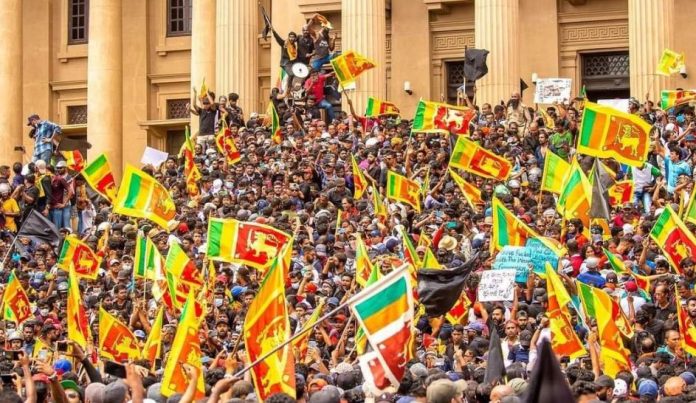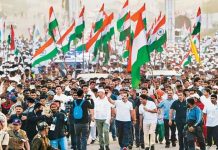By Chanakya
The Sri Lankan crisis has only exacerbated with time. The president, Gotabaya Rajapaksa, and his elder brother and Prime Minister Mahinda Rajapaksa seem to have both fled the nation, and it is not even clear if Gotabaya did resign (as he had promised to do on July 13) before taking off to the Maldives. In fact, he has written a strange letter (see picture), in which he has said that since he is not being able to be in Sari Lanka, he appoints current PM Ranil Wickremasinghe to also carry out the function of the President. Whether that letter has any legal sanctity or not (as per the Lankan Constitution, which has also been quoted in the letter) is not clear as of writing this article. Can such a letter carry any weight?
The letter says:
“It is hereby notified that I, Gotabaya Rajapaksa, President of the Democratic Socialist Republic of Sri Lanka, being of the opinion that I am unable to exercise, perform and discharge the powers, duties and functions of the Office of the President, and by reason of my absence from Sri Lanka, do hereby appoint Hon. Ranil Wickremasinghe, Prime Minister of the Democratic Socialist Republic of Sri Lanka under Article 37 (1) Constitution of the Democratic Socialist Republic of Sri Lanka, with effect from 13th July, 2022, to exercise, perform and discharge the powers, duties, and functions of the Office of President during such period of my absence from Sri Lanka.”
Signed,
Gotabaya Rajapaksa.
July 13, 2022


A parched country
As of now the country has no more stock of fuel and all necessities have dried up. The country is in shock and the people have no money to even feed their young and tend for the sick. Urgent medicines are also at an all time low.
The economy of the country is in tatters, and it is strange that there was absolutely no Plan B to be put in place for such situations. When the people had rallied behind the Rajapakshas and had elevated them to high offices, they did not know that the family of Rajapakshas would be selling the country to the Chinese without even ensuring a return gift.
It was a fire sale, and while the country was preening with Chinese ‘investment’, they had completely discounted the thick strings attached to the debt that came through. As a result, not only did they lose the land on which the Hambantota port was situated, the port itself remained idle and became a massive white elephant that the Lankans could not even maintain.
The external debt of the country is at $ 51 billion (a debt that was defaulted upon), rather large for a country of that size, and foreign exchange reserves are scraping the bottom. An urgent request to the Russians for fuel has yet to yield any result, an expected result, considering the fact that Russian is engaged in a bloody war in Ukraine. Neither the fuel route, nor the payment procedures are clear.
India, which has already given a $1 billion line of credit, has now backed out of further credit or financial aid, primarily because it is not clear which government would this aid be aimed at and where would the money go. The International Monetary Fund, which has assured of help, will, also have to wait till a proper government is installed as per the country’s constitution. An all-party government is being mooted, but that is far from coalescing.
The incredible thing about the crisis was not just the lack of a plausible Plan B. It was, in fact, the lack of a plausible Plan A. The country seemed to have believed that foreign capital was the only way out of a tight situation – Sri Lanka’s economic growth had been low for a while and exports had not caught up – and that the country itself did not need any economic plan.
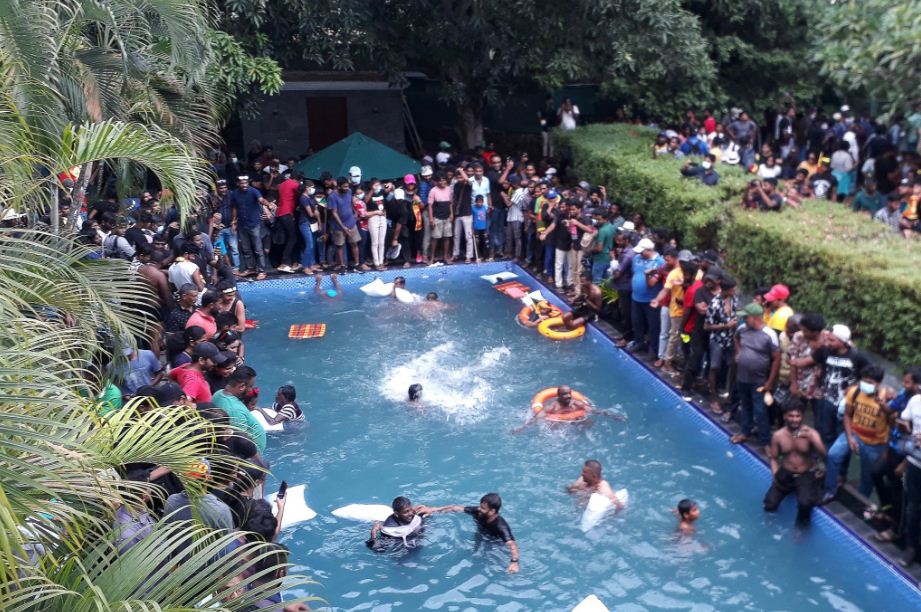

That cannot happen, even to the smallest nation on earth. Every nation is responsible for its own economy and how it fits into the larger picture, so that the man on the street can enjoy the fruits of whatever benefits the government may bring in. The government must have a stated policy in matters of economy, as it has in matters of foreign policy and of internal affairs. This basic approach was not visible in Sri Lanka. Stop gap measures cannot take a nation forward.
Added to that were grandiose projects being dreamt up by the administration, including one that thought of Colombo as a new, improved Singapore. How that would happen, or who would finance it, or how could such a plan be sustained, was beyond the scope of the Rajapaksa dispensation that has been ousted.
Emergency declared
Meanwhile, on July 13 Sri Lanka declared a state of emergency as thousands of people mobbed the prime minister’s office after the country’s president flew to the Maldives, following months of widespread protests against an economic crisis. Prime Minister Ranil Wickremasinghe told the military and the police to “restore order” after protestors broke into his office.
Deposed President Rajapaksa enjoyed immunity from arrest, and he had wanted to go abroad before stepping down to avoid the possibility of being detained. He, his wife and two bodyguards were the four passengers on board an Antonov-32 military aircraft that took off from Sri Lanka’s main international airport, immigration sources told a news agency.
Sri Lankan Prime Minister Ranil Wickremesinghe was appointed to be acting president (refer back to the letter above) as incumbent Gotabaya Rajapaksa was overseas, the parliamentary Speaker announced on July 13 as thousands of protesters demanded that both men step down. Speaker Mahinda Yapa Abeywardana said in a brief televised statement: “Because of his absence from the country, President Rajapaksa told me that he has appointed the prime minister to act as the president in line with the constitution.”
The president has not been seen in public since July 8. Parliament will elect his replacement on July 20. The Rajapaksa family, including former Prime Minister Mahinda Rajapaksa, has dominated the politics of the country of 22 million for years and most Sri Lankans blame them for current problems.
As of now power shortages in some areas are lasting up to 13 hours per day, reports of food shortages are common, and there are long queues for fuel, as supplies have dwindled. Amidst all of this, President Gotabaya “Gota” Rajapaksa has been confronted by protestors chanting “Go Home Gota.” The economic crisis has brought about political turmoil as well, with the entire cabinet resigning in early April, and most recently, Prime Minister Mahinda Rajapaksa stepping down to make way for a unity government.
The most pressing crisis confronting the government though is to secure financing from the International Monetary Fund (IMF) and other multilateral institutions in order to pay for basic goods, such as food, gas, and medicines.
Throughout the economic crisis, India has been Sri Lanka’s most important partner, stepping up to regain some of its lost influence, and crucially, India has been Sri Lanka’s biggest advocate at multilateral institutions such as the IMF. Since January 2022, India has taken a number of steps to support the Sri Lankan economy, including extending a currency swap to Sri Lanka, supplying 40,000 tons of rice, and issuing lines of credit to Sri Lanka to purchase fuel and medicine. India has also supplied around 200,000 MT of diesel. Overall, India has provided at least $2.4 billion in assistance to Sri Lanka, and more is likely to come.
The tourism-dependent economy was hammered badly by the COVID-19 pandemic and a fall in remittances from overseas Sri Lankans, while a ban on chemical fertilisers damaged farm output. The ban was later reversed.
The Rajapaksa’s implemented populist tax cuts in 2019 that affected government finances while shrinking foreign reserves curtailed imports of fuel, food and medicines.
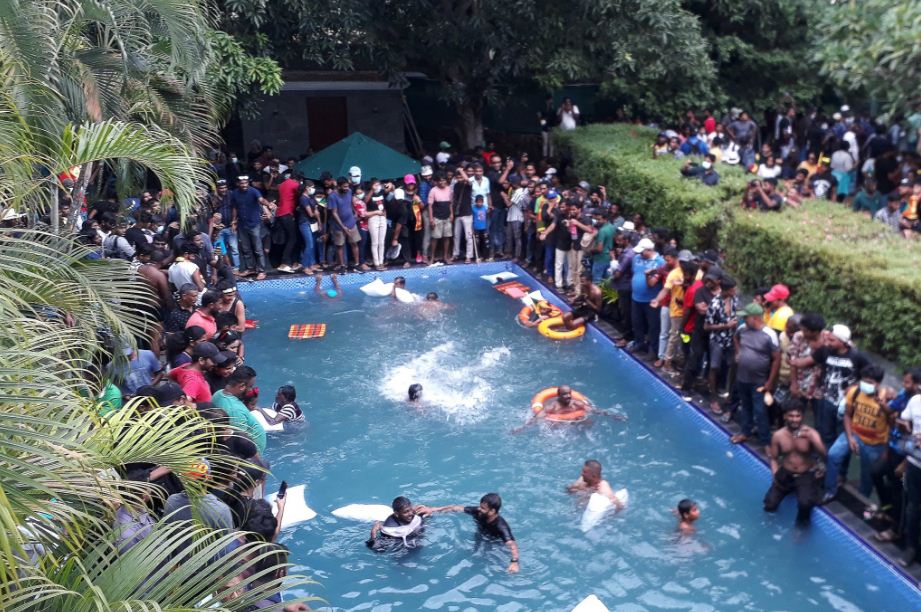

Petrol has been severely rationed and long lines have formed in front of shops selling cooking gas. Headline inflation hit 54.6% last month and the central bank has warned that it could rise to 70% in coming months.
Mahinda Rajapaksa, the president’s brother, resigned as prime minister in May after protests against the family turned violent. He remained in hiding at a military base in the east of the country for some days before returning to Colombo.
Protests against the government have simmered since May, but erupted afresh on July 9 when hundreds of thousands of people surged into Colombo and occupied key government buildings and residences.
On July 12 immigration officials prevented another of the president’s brothers, former finance minister Basil Rajapaksa, from flying out of the country. It was not clear where Basil Rajapaksa, who also holds a US citizenship, was trying to go. He resigned as finance minister in early April amid heavy street protests against fuel and food shortages, and quit his seat in parliament in June.
Earlier on July 11 night, Rajapaksa and his brother Basil, also Sri Lanka’s former finance minister, were turned back at the Colombo airport as they attempted to leave the country amid mounting anger against the powerful family for mishandling the worst economic crisis. There is no official confirmation on Rajapaksa’s departure from Sri Lanka as yet.
TIMELINE
We continue the Sri Lanka crisis timeline from what we have published in the May 15 issue. We now give you beyond that.
May 16: PM Wickremesinghe says nation down to last day of petrol, proposes privatising national airline
May 17: Sri Lanka’s main Opposition decides to offer conditional support to new government
May 18: Newly-appointed Sri Lankan PM Ranil Wickremesinghe said the Galle Face protest site will continue to be protected.
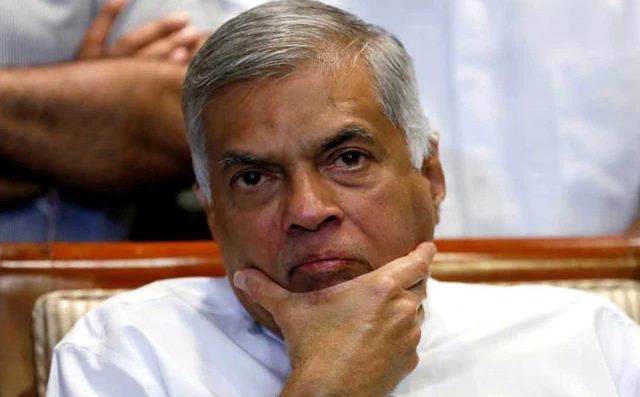

June 10: ‘Humanitarian emergency’. The United Nations warns that Sri Lanka is facing a dire humanitarian crisis, with millions already in need of aid. More than three-quarters of the population had reduced their food intake due to the country’s severe food shortages, the UN says.
June 11: Financial losses loom for Sri Lanka apparel sector. The export earnings in Sri Lanka’s clothing sector for the June to August period were reported to be set to fall by 20-25%, with the sector likely to miss its US$6bn export target for the year, as the country’s political and economic crisis continued.
June 17: Calzedonia president: “We believe in Sri Lanka’s resilience”. One leading fashion manufacturer was keen to share that his company planned to increase its sourcing within Sri Lanka. Sandro Veronesi, president of Italian fashion group Calzedonia, told Just Style he had faith in the resilience of Sri Lanka’s apparel industry and laid out plans to increase sourcing from the South Asian island nation.
June 27: Fuel sales suspended. The government says Sri Lanka is nearly out of fuel and halts all petrol sales except for essential services.
June 28: Sri Lanka’s economic revival will be built on export industries, says JAAF chairman. JAAF chairman Wilhelm Elias explained why the foundations of Sri Lanka’s economic revival, following its national crisis, would need to be built on its successful export industries, such as apparel.
July 1: New inflation record. The government publishes data showing inflation has hit a record high for the ninth consecutive month, a day after the IMF asks Sri Lanka to rein in high prices and galloping inflation.
July 4: Sri Lanka fuel shortage adds to garment exporter woes. A fuel shortage in Sri Lanka caused concern among apparel exporters, already under pressure as a result of the economic crisis. Sri Lanka’s energy minister, Kanchana Wijesekera, issued a warning over the country’s fuel stocks saying there was only enough petrol left for less than a day under regular demand, with the next shipment not due for another two weeks.
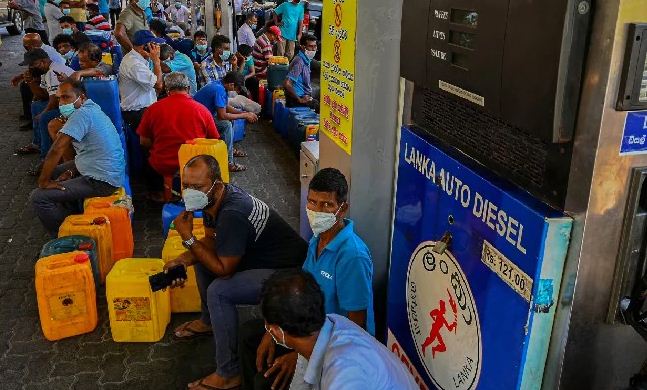

July 6: Sri Lanka ‘should lean on apparel sector’ to tackle bankruptcy. As reports circulated that Sri Lankan prime minister, Ranil Wickremesinghe, was declaring the country ‘bankrupt,’ Global Data’s sourcing analyst Louise Deglise-Favre told Just Style now is the time for the country to lean on its most successful export industries, such as apparel.
July 7: Joint Apparel Association Forum Sri Lanka (JAAF) remains hopeful for hitting 2022 export targets. The Joint Apparel Association Forum Sri Lanka (JAAF), which is the trade body representing garment manufacturers in the country commended the sector’s resilience in recent months with apparel generating US$446m in May 2022, compared with US$344m in May 2021.
July 9: President’s home stormed. President Rajapaksa flees his official residence in Colombo with the assistance of troops, shortly before demonstrators storm the compound, and he is taken to an undisclosed location. Footage from inside the residence shows jubilant protesters jumping in the pool and exploring its stately bedrooms. 8 protesters injured in clash between 2 groups at presidential palace. Anti-govt protesters in Sri Lanka claim they find millions of rupees inside President Rajapaksa’s house. Speaker says president to step down on July 13. Protesters set PM Ranil Wickremesinghe’s house on fire
July 10: Immigration officials foil Basil Rajapaksa’s bid to flee country. India stands with people of Sri Lanka, has extended support of over $3.8 billion this year.
July 11: President Gotabaya Rajapaksa to step down tomorrow. Lanka’s main Oppn party nominates Sajith Premadasa for interim presidency.
July 12: Sri Lanka president says no resignation until safe exit for family: Sources. Sri Lanka President Gotabaya Rajapaksa appears to have taken a u-turn and will not resign until a safe exit is provided for him and his family, sources said. President Rajapaksa had fled from his home after protests over the economic conditions intensified in the last few days.
July 13: Sri Lanka’s embattled President Gotabaya Rajapaksa flew out of the country early Wednesday heading to the neighbouring Maldives, local officials said. The 73-year-old leader, his wife and a bodyguard were among four passengers on board an Antonov-32 Sri Lankan military aircraft which took off from Colombo’s international airport, immigration officials told AFP. “Their passports were stamped and they boarded the special air force flight,” an immigration official involved in the process said. There is still confusion on whether Rajapaksa has resigned or not. The President was missing since last Friday, he was not seen on any public platform. Meanwhile, preparations are on for the appointment of a new President on July 20. Sri Lanka has declared a state of emergency after President Gotabaya Rajapaksa fled to Maldives, the Prime Minister’s office said. Rajapaksa, who was due to offer his resignation on Wednesday, landed in the Maldivian capital of Male. Quoting Maldivian sources, they said he was received by a Maldivian government representative at the Velana airport last night.

